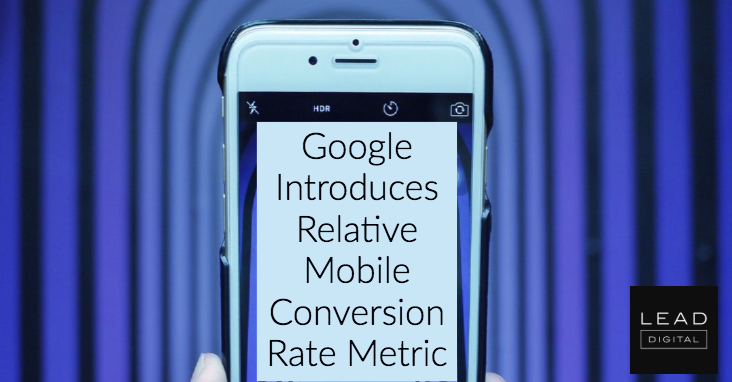 Google published an article detailing a conversion metric called the Relative Mobile Conversion Rate.
Google published an article detailing a conversion metric called the Relative Mobile Conversion Rate.
It’s a ratio of desktop versus mobile conversion rates. This metric, first discussed in 2018, has now received an official introduction. It reveals gaps in mobile performance and provides an accurate reflection of conversion rates over time. The metric is referred to as Rel mCvR.
Google’s official blog post suggests it’s an important metric to monitor because it may indicate there are latent performance improvements if the mobile version is experiencing significantly less conversions than the desktop version.
This is how Google’s article explained it:
“As more and more of your customers are using mobile devices, you need to ensure your mobile conversion rate is keeping up, and maintain your revenue.
…The high traffic share for mobile, with lower conversion rates, will show your stakeholders that there is a gap the company will need to bridge by improving the mobile site.”
Mobile Should Convert at Target Rate of 70% of Desktop
The author of the blog post is Lina Hansson, a conversion specialist at Google. In another article published on on her own blog (Tracking – How Great is Your Mobile Site?), Lina Hansson suggested beginning with a Relative Mobile Conversion Rate of above 50%. She then encourages marketers to strive for a 70% relative conversion rate between mobile and desktop.
This is what her blog post on Digies.se recommended:
“I would recommend that you set a target for your Rel mCvR when you start working with site speed and conversion rate optimization. Make sure you’re above 50% now – and then start going after 70% within 2019.”
Mobile Conversions May Never Reach 100% Parity with Desktop
Google stated that the mobile version will consistently experience less conversions than the desktop because a greater percentage of mobile users are in the research phase. – Read more



